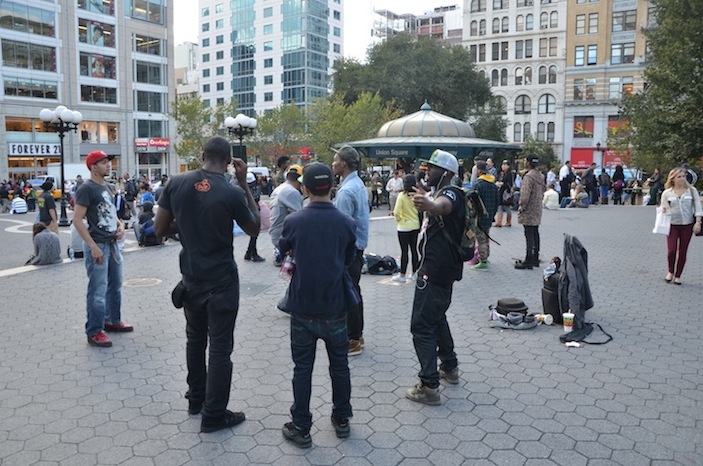IDnyc: The Pulse of New York City
Having traversed nearly 50 countries and explored countless metropolises along the way, I never feel more alive than I do while I’m experiencing New York City’s very own Union Square. While Central Park, Times Square and the Statue of Liberty attract most of the tourist interest in this world-class city, Union Square is where one can truly feel its pulse.
Spend an hour sitting on the rounded steps facing 14th Street on any summer evening, and you’ll be consumed in the creativity, diversity, energy and sheer talent on display. The four kids breakdancing in front of you, showcasing their incredible strength and body control, will be performing on Broadway in a few weeks’ time. On your left, an aging man from Brooklyn just beat an immigrant from Russia in chess, while his friend from Botswana waits patiently for his crack at the champ. The paintings for sale on your right look like they were stolen from a gallery Uptown, yet the artist who created them continues to churn out masterpieces in front of your eyes, explaining his inspiration in the process. And that language you hear being spoken behind you, well, that surely wasn’t taught in any of the schools you attended.
The most international city on the planet, New York is a place people all around the world dream about. Union Square is the place where they come together, creating the trends and styles of tomorrow that help New York City sustain its place among the world’s greatest cities.
.jpg)



